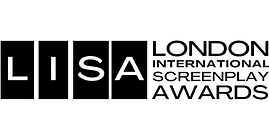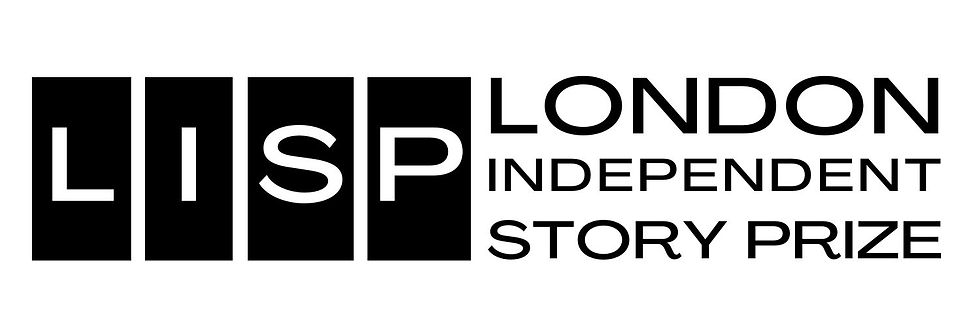Interview with Adam Lock, LISP 3rd Quarter 2018 Highly Recommended Writer.
- LISP Team
- Aug 18, 2018
- 3 min read

- Can you please tell us about you? Where do you live and how is your daily life?
I live in the Black Country, UK, with my two children, where I teach English in a secondary school.
- When did you start writing? How often do you write? We want to learn all about your writing life!
I started writing properly four years ago, after watching a youtube video about writing everyday and sticking to it. This really helped, and gave me a platform to produce plenty of words. I spent the first three years writing two novels, but then was drawn to the flash fiction form and haven’t looked back since. This year (2018), I won the STORGY Flash Fiction Competition, and the TSS Quarterly Flash Fiction Competition. I’ve also had stories shortlisted twice for the Bath Flash Fiction award this year, as well as the Flash 500 competition. I’ve had, or soon will have, stories published in publications such as Lost Balloon, New Flash Fiction Review, MoonPark Review, Former Cactus, and many more. You can find links to these stories on my website: adamlock.net. I’m also on Twitter @dazedcharacter.
- How did you feel when you learned that you are on the Highly Recommended List of The London Independent Story Prize? How does it feel to have your work recognised?
When I learned I was on the ‘Highly Recommended List,’ on LISP, I was thrilled. For the most part, submitting stories to publications and competitions results in rejections. So, whenever an email arrives in my inbox with the word ‘congratulations,’ in the subject line, my heart races. Being recognised in competitions now and then, for me, makes the lonely hours spent writing worth it.
- What's the best thing and the hardest thing about writing a Flash-Fiction?
The best thing about writing flash fiction, for me, is the editing and cutting stage. I enjoy identifying the unnecessary sentences and words, and cutting them, leaving only the fundamental elements that make flash fiction so immediate and powerful. The hardest thing about writing flash, is generating a story and characters that readers care about, given they may only be spending around two minutes or so with your piece.
- How did you come up with the idea for your LISP selected story? Is there a story behind your story? And how long have you been working on it?
The idea for my flash piece, ‘SelfPortrait,’ came whilst watching the TV programme, ‘Portrait Artist of the Year,’ on Sky Arts. The programme is a competition, where they have to paint the portrait of a celebrity. I’ve always been interested in how the visual arts and literature are connected in certain ways. I love paintings, and wanted to try and paint a self-portrait with words. It was tricky to do this and incorporate a story at the same time.
- Can you please give us a few tips about writing a 300-word flash-fiction story?
The best tip I can suggest when writing a 300 word flash piece, is write a long first draft, around twice the length you need. Then, identify the best line and use this as either the first line, or the last line, and begin draft two. As you’re writing the second draft, think about why you chose that line as your favourite. What is it about that line that draws you in?
- What's the best thing about writing competitions?
The best thing about writing competitions is they give you targets and a focus. Not only this, but if they are recognised, it can give you confidence that what you are doing works for other readers too.
-Lastly, do you recommend the writers to give it a go on flash fiction story and LISP?
I would recommend any writer to write flash fiction and enter competitions such as LISP’s flash fiction prize. The flash community is a friendly one, and is growing. Entering competitions draws you into this fun and wonderful community of writers.
%20(8).png)
%20(2)_j.jpg)
%20(2).png)





Comments